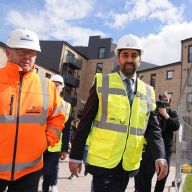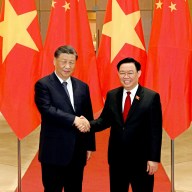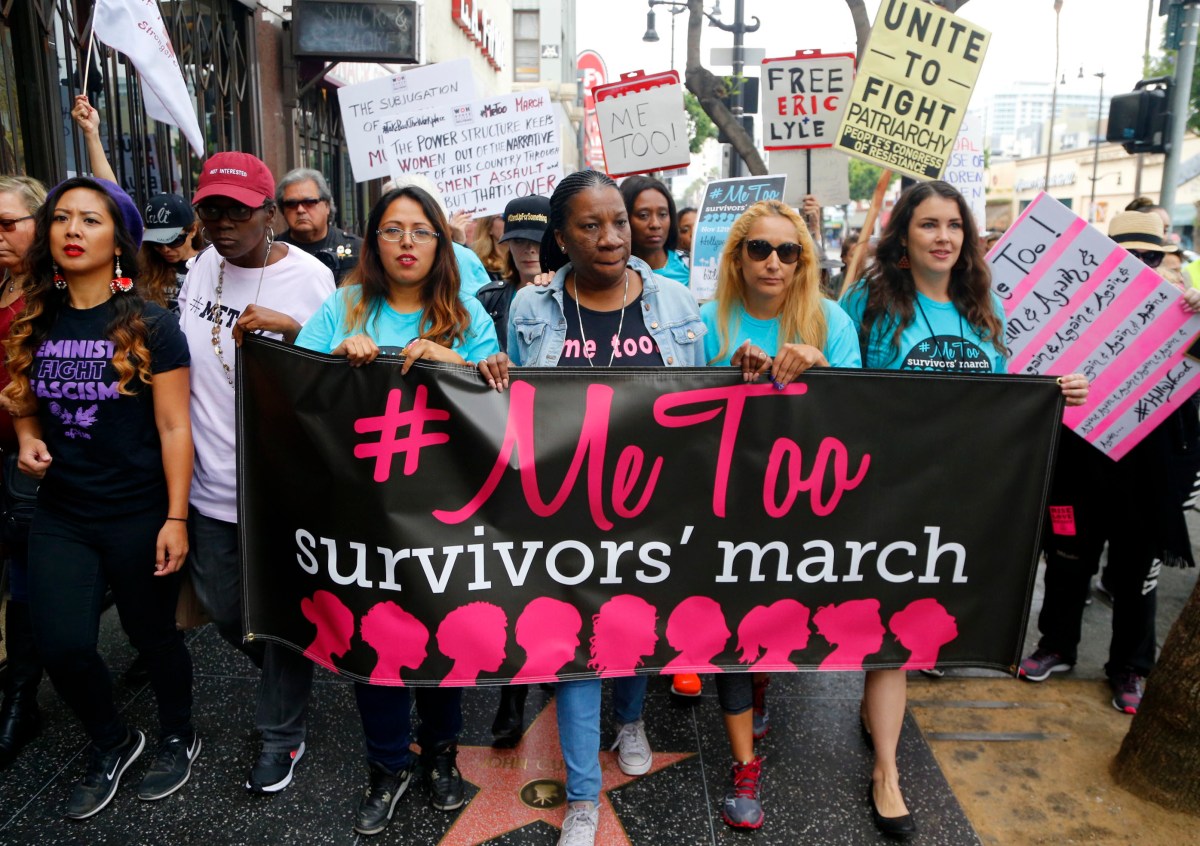When Arthur Erickson passed away earlier this year, it marked the end of an ambitious era for city building in Metro Vancouver. The West Coast architect left a legacy here that is both acclaimed and controversial — from downtown’s Robson Square to the Museum of Anthropology to the Burnaby Mountain campus of Simon Fraser University.
As it turns out, there’s a good chance one of Erickson’s boldest designs for the city will be carried out posthumously.
His final architectural statement for downtown, the twisting, 60-storey Ritz-Carlton Vancouver skyscraper, has yet to rise. The $500-million condominium/hotel project came to a halt last October during the darkest stretch of the global economic crisis.
The Ritz-Carlton luxury hotel brand, for what it’s worth, pulled out of the deal. Today, the primary marker for the project on West Georgia Street is a massive hole in the ground.
Given the financial challenges faced by the Holborn Group, the project’s developer, speculation had been rife that Erickson’s dramatic tower design would be shelved in favour of something blander and cheaper.
But Holborn president Joo Kim Tiah assured me that his firm wanted to hold on to the development, complete with Erickson design, at all costs. His goal was to re-price the project by taking advantage of lowered building costs and allow for more residential density on the site.
That plan is starting to take shape — and looks increasingly realistic, given that the worst of the recession seems to be behind us.
The construction industry publication Journal of Commerce reported last week that Holborn is moving forward — with support from the City of Vancouver — to get a revised building plan approved before year’s end. In addition to being more affordable to buyers while adding more condominiums, this new plan would include more height — making it the tallest building in the downtown peninsula.
There’s even talk of Ritz-Carlton returning.
For this tower to rise from the ashes would be hugely symbolic for a city and a province that have been ravaged economically by recession — and it would provide a post-Olympics focal point of building activity for this region.
More importantly, it would mean that Arthur Erickson’s vision for Vancouver — of bolder, more creative highrise architecture, and a rejection of conventional, cookie-cutter designs — won’t be left on the drawing table.
How’s that for shoring up a hometown legacy?
















